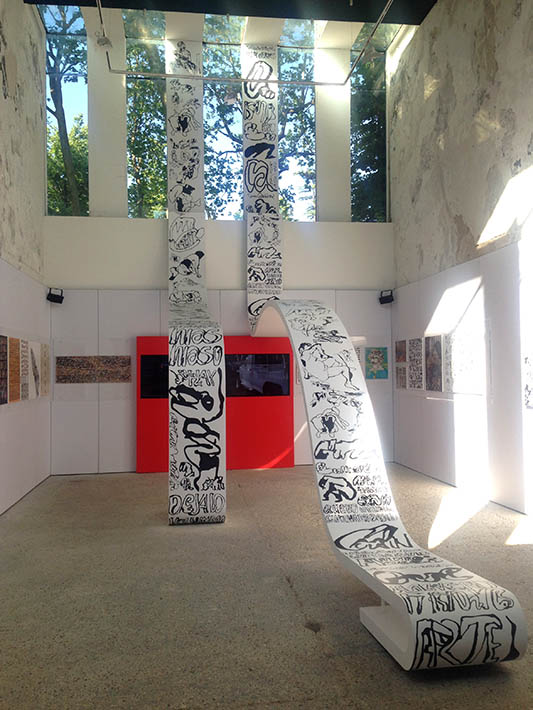If you regret that you haven’t seen the show yet, don’t. Venice Biennale 2017 is monumental in concept and degraded on visuals, heavy on installations, and weak on any form of beautiful painting, huge on scale and tiny on emotion. Chief curator of the Pompidou center in Paris, Christine Macel arranged the exhibition in a number of pavilions -realms which flow together with concept art titled “Viva arte Viva!”
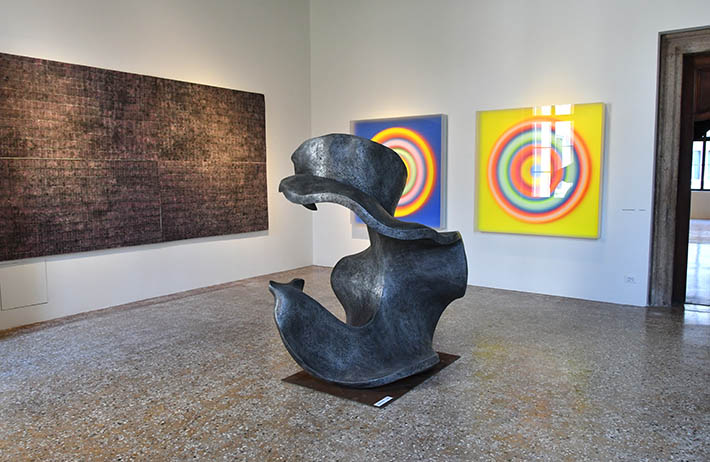
While paid entrance to the biennale invites you to visit vast spaces of the Arsenale and the Giardini, a number of other pavilions are scattered throughout Venice in medieval palazzos and gardens. Art in those palaces looked better than the one in the official biennale. Each pavilion usually represents a single country with its native artists exhibiting their talent to the multilingual public.
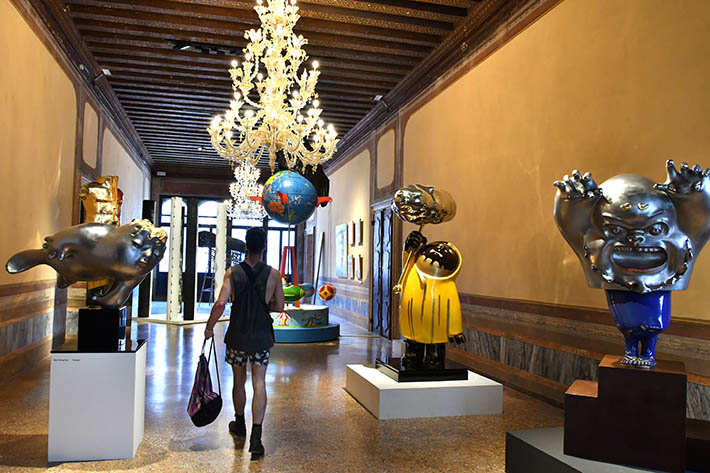
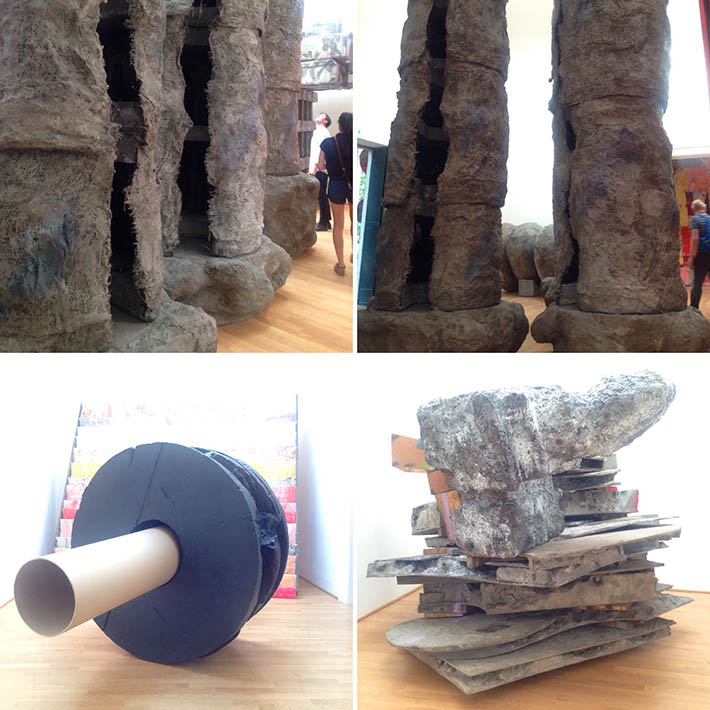
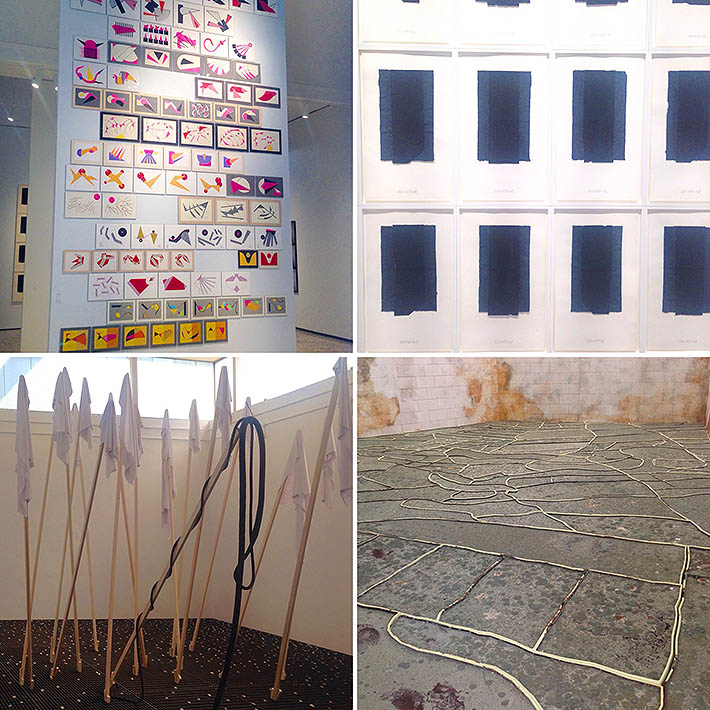
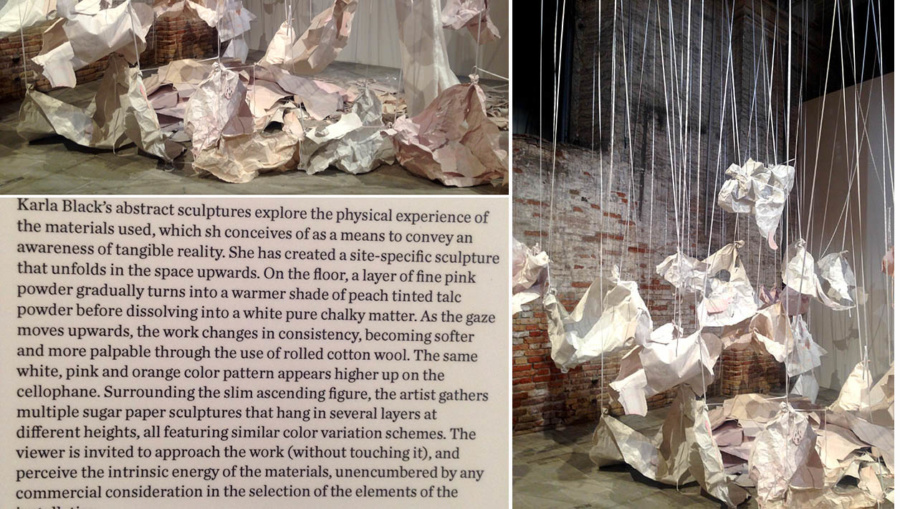
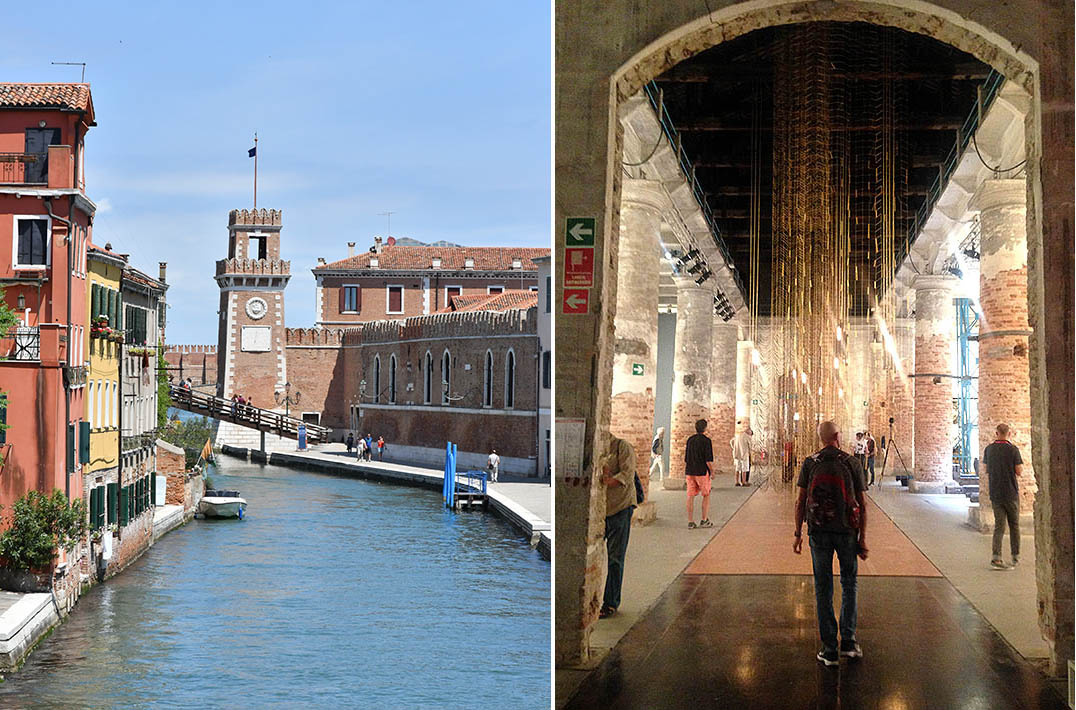
This is one of the top art international shows that obliterates visual beauty in favor of concept. Boring to the eyes and craftsy at best, the viewer has to read lengthy statements in provided brochures to “get” the idea behind the pieces. I love Venice for its beautiful architecture, history and art, yet the biennial rejects even a slightest idea of having representational art on its grounds. The exception is the Venetian pavilion itself that defies the curator’s voice with sparkling jewelry, chandeliers, gowns and sophisticated glass that highlights traditional artist labor and skill.
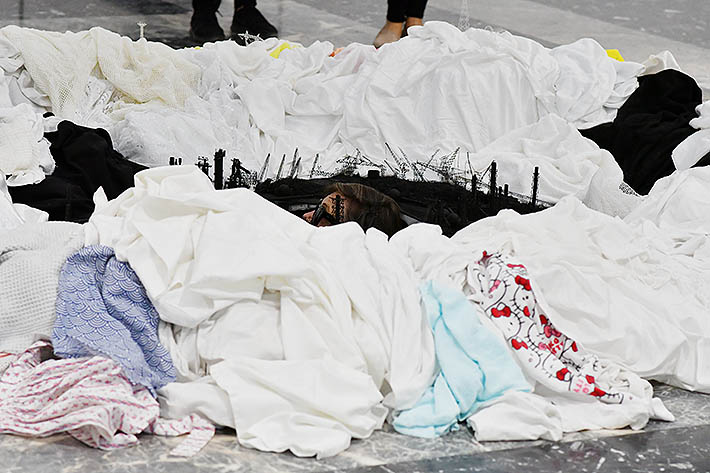
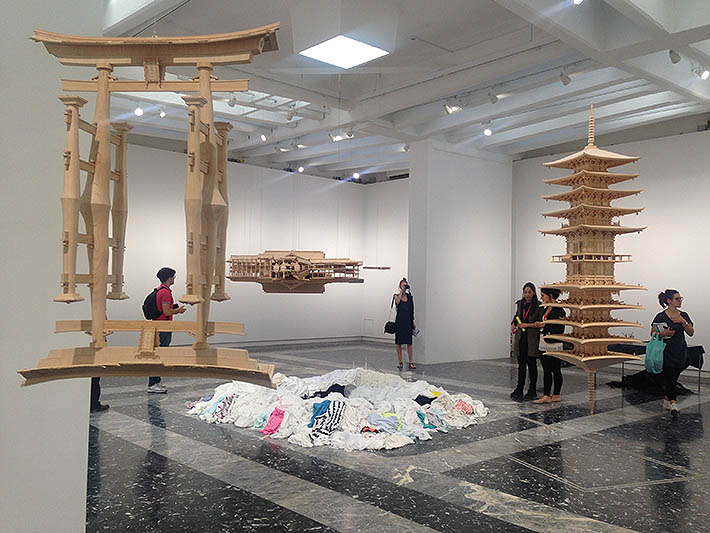
The Romanian Pavilion
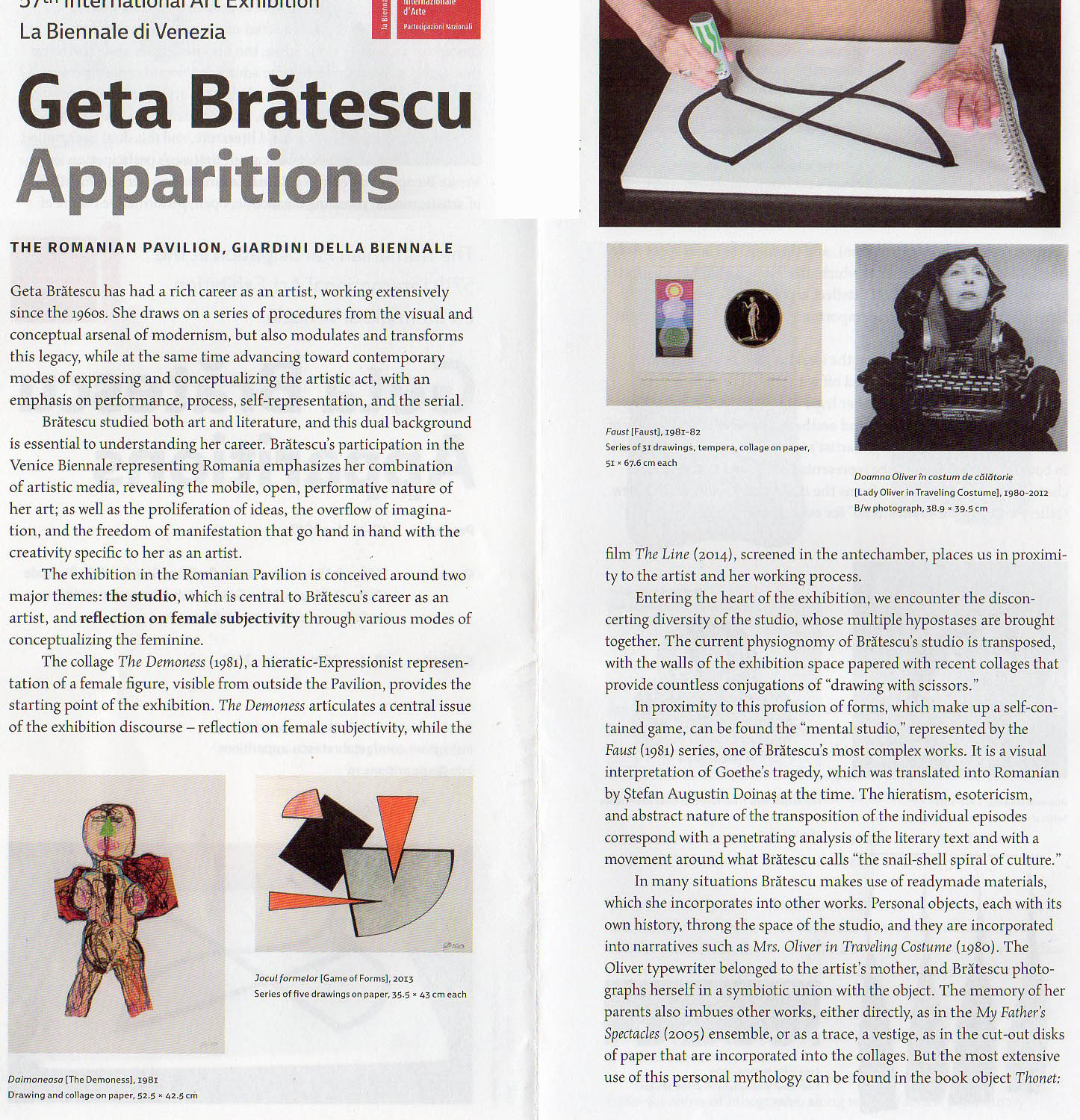
Like in the naked king fairy-tale, fooling of people takes place in the exhibition stating what they see is ART. Rooms after rooms visitors encounter piles of materials, fabric, metals or abstract sculptures, that often have profound meaning expressed through riveting writing. However these endless primitive installations and videos leave the spectators confused on what ART means.
Art exists to call our attention to something, to make a statement, or to leave a record of times lived. Curated as apolitical and without a clear message, the biennial misses to deliver on any of these points.
The German Pavilion
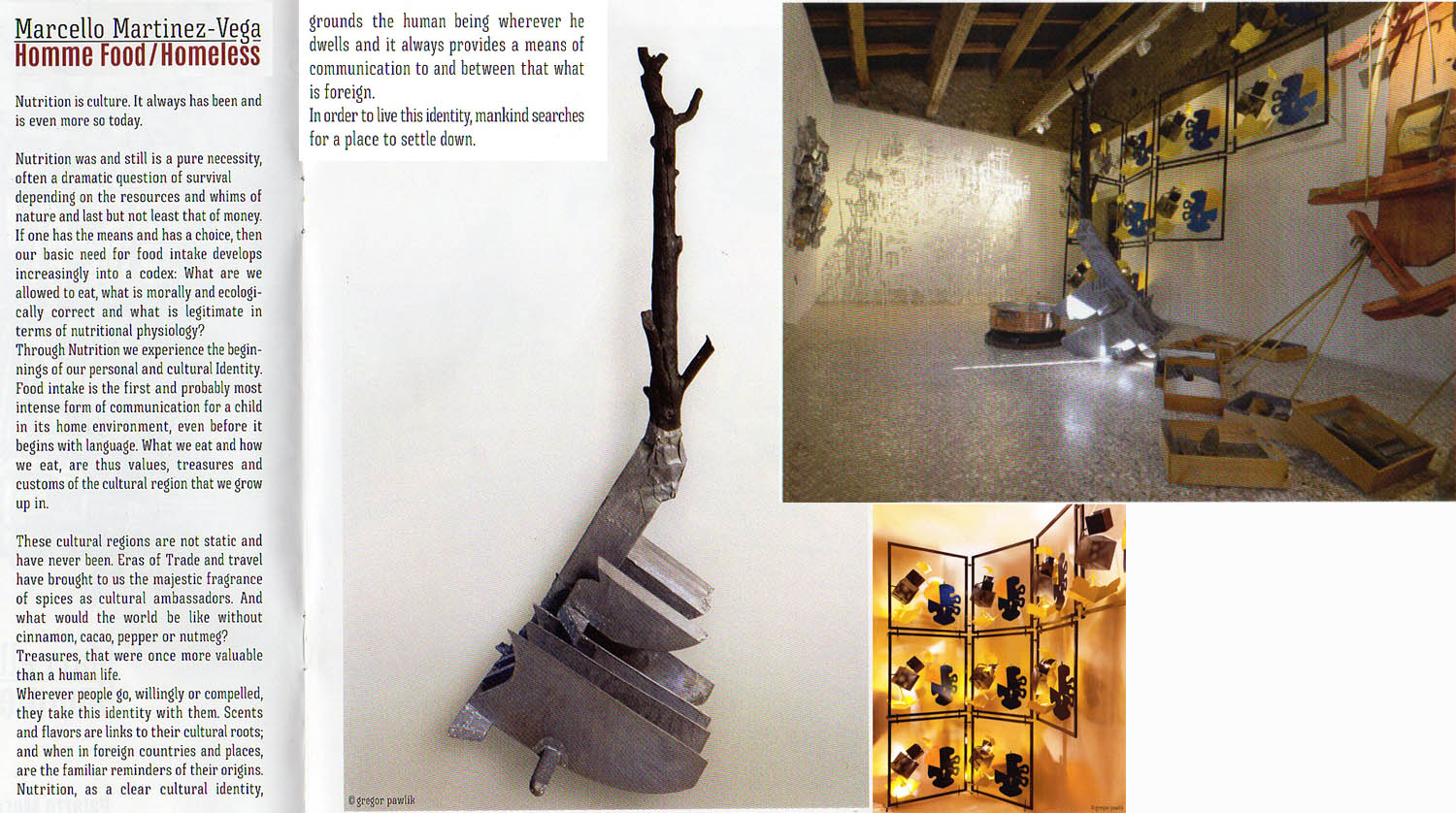
More rooms
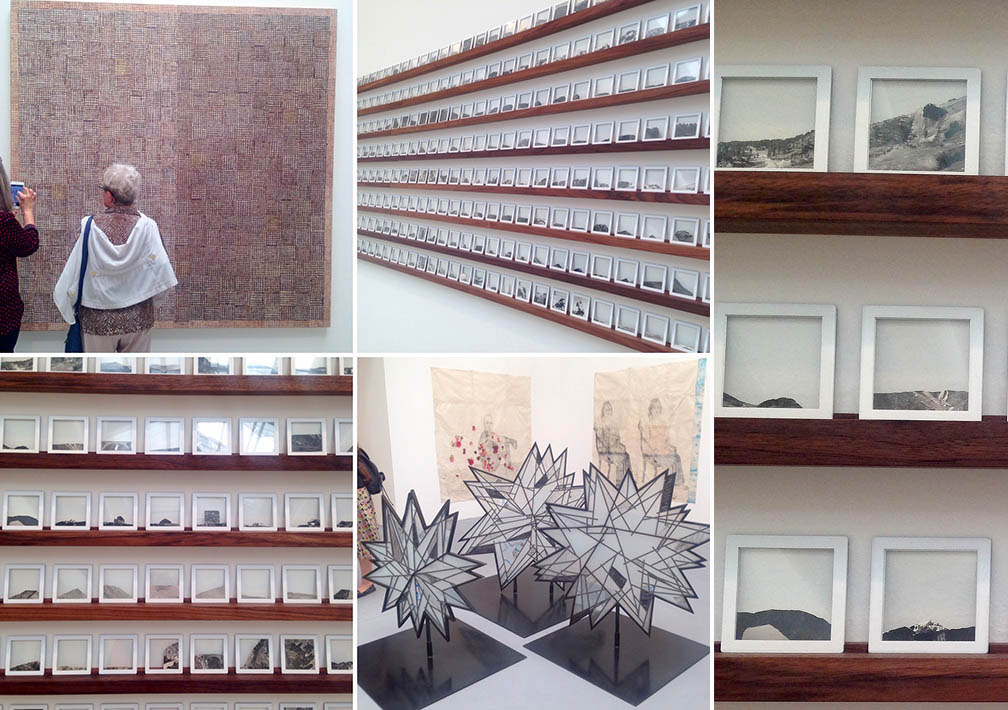
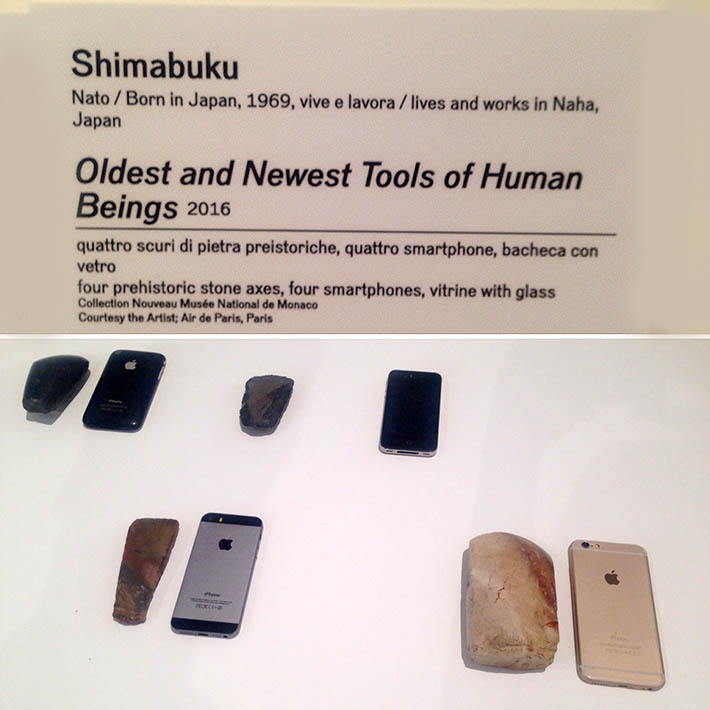
Visual arts are called visual for a reason. Because the artist’s call to attention and its impact is visual, conceptual art rarely leaves considerable emotional impact. Even when the concept is strong, it’s weakened by the absence of the visual perception we all share. Therefore, such installations should get a specific classification not to be promoted as art. Today’s notion abolishes any standard for an artist to aspire to, and for people to understand or appreciate. Why did we keep high standard in music or dance and completely abolished the one in art? It’s not the absence of artists willing to travel years in education to achieve something worthwhile of people’s attention, it’s about few art critics and curators, influential art shakers who pick and choose, add and subtract – curate according to their tastes, business practice and economic whims.
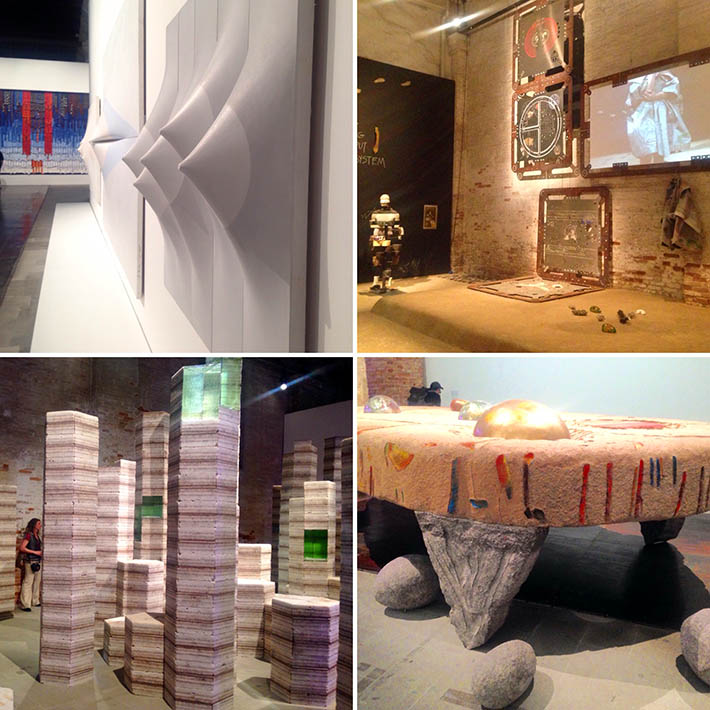
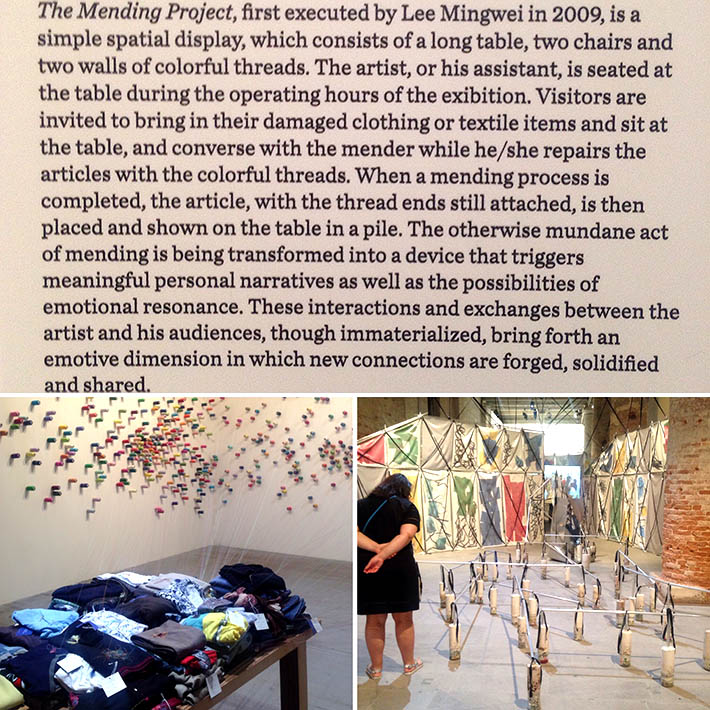
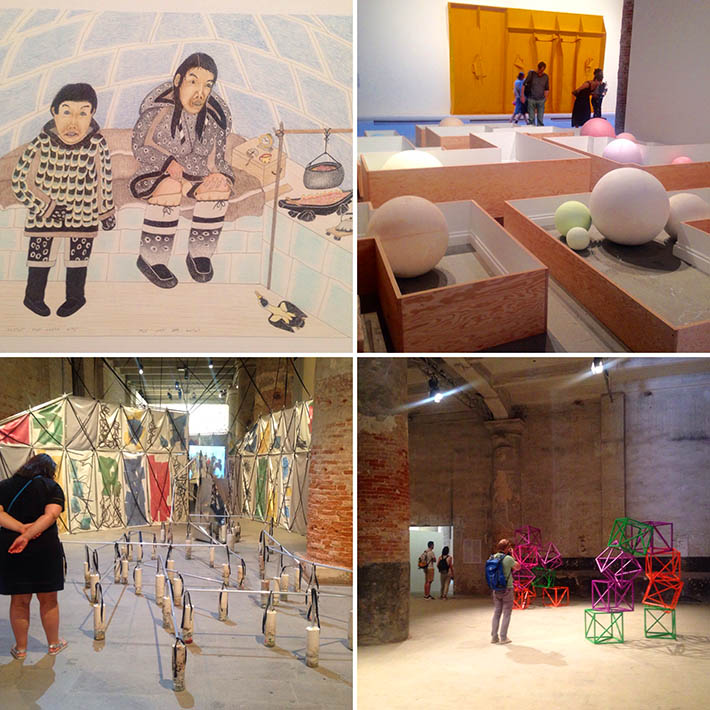
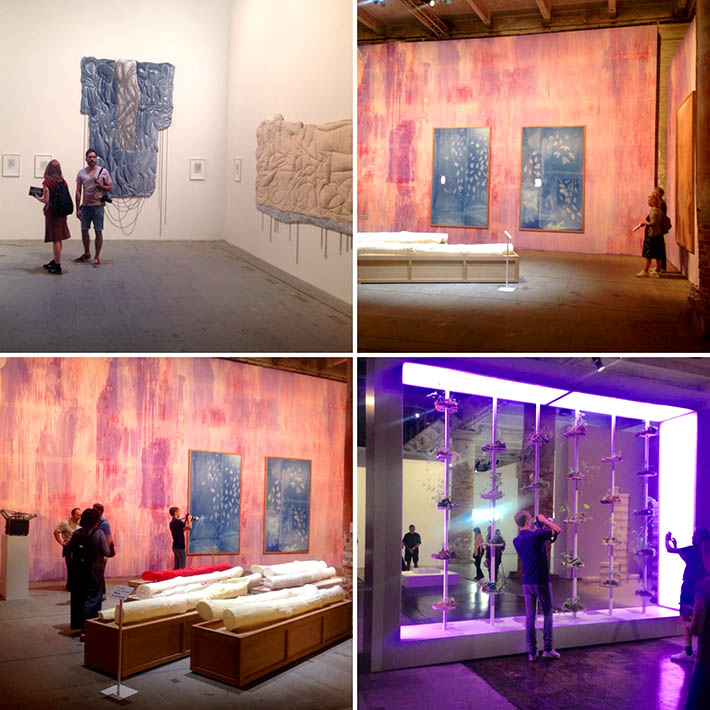
The pavilion of Shamans
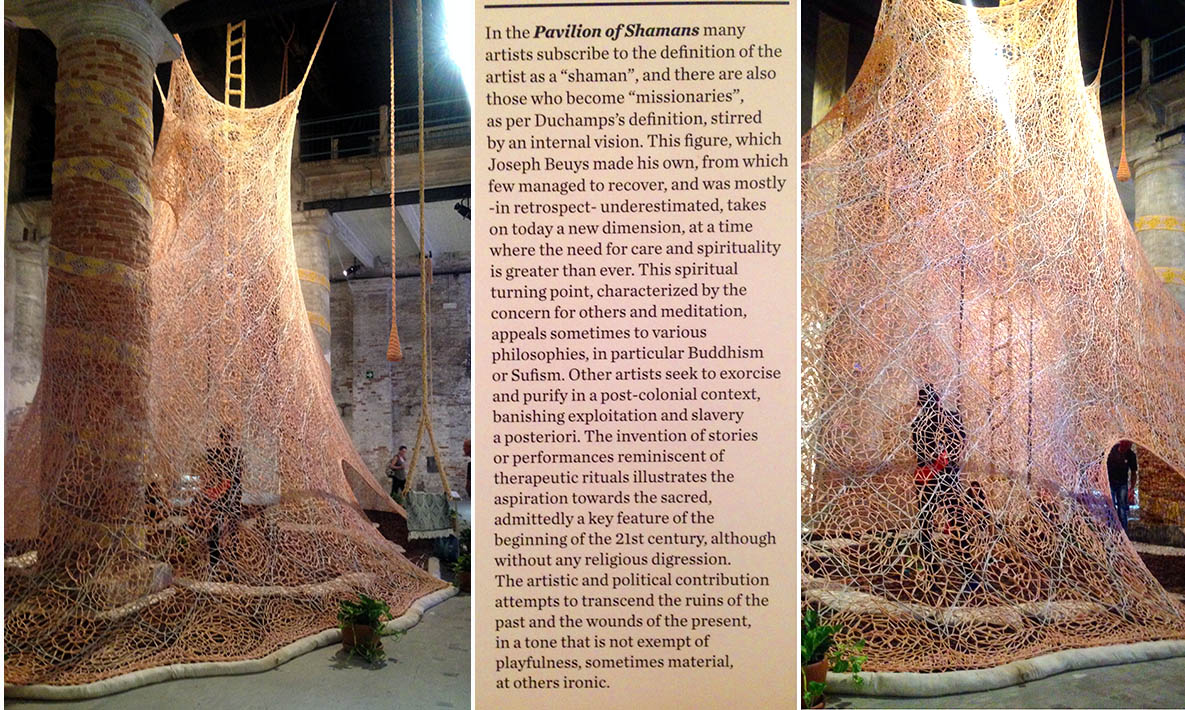
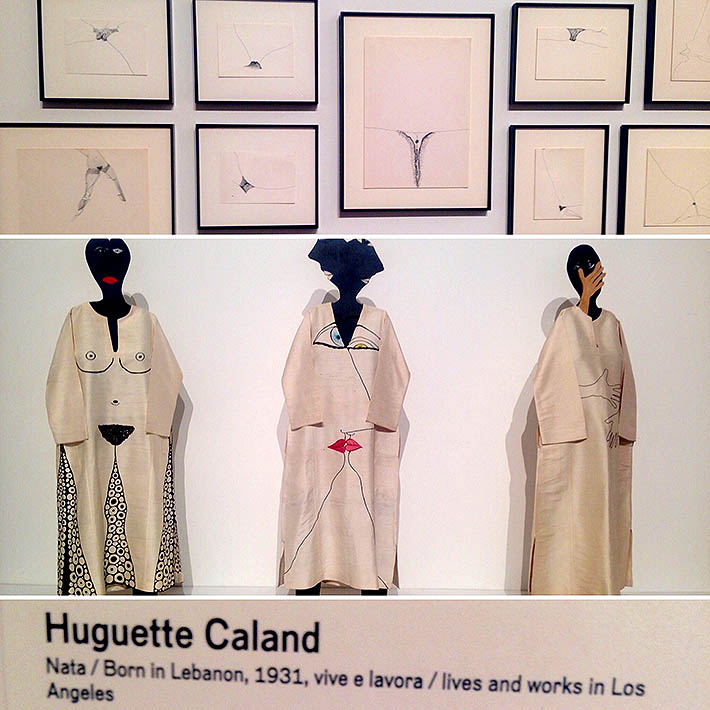
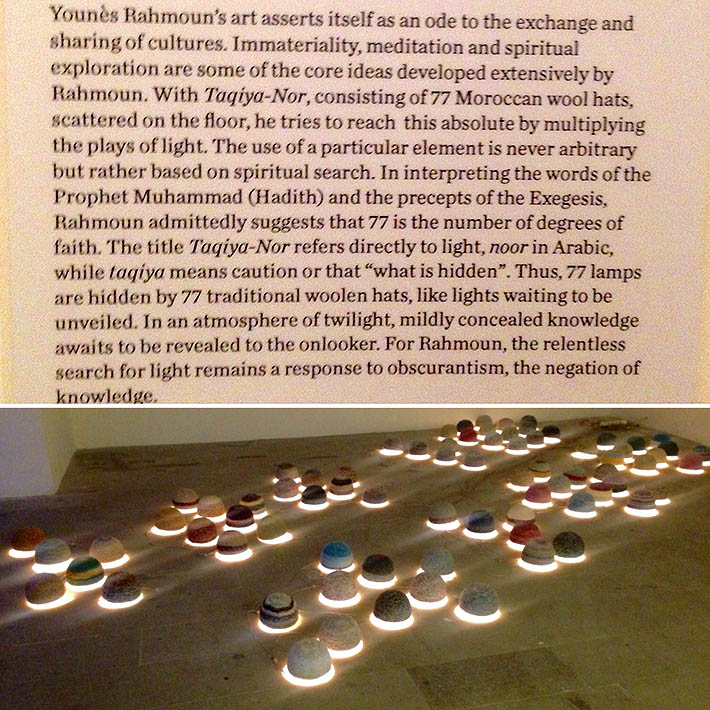
Art installations that catch attention
On the upside, the exhibition is gender-even, nationality-diverse, with the majority of the unknown artists representing both influential and obscure countries. There are a few art installations at the main complex of the biennale that caught my eye.
The Zimbabwe Pavilion
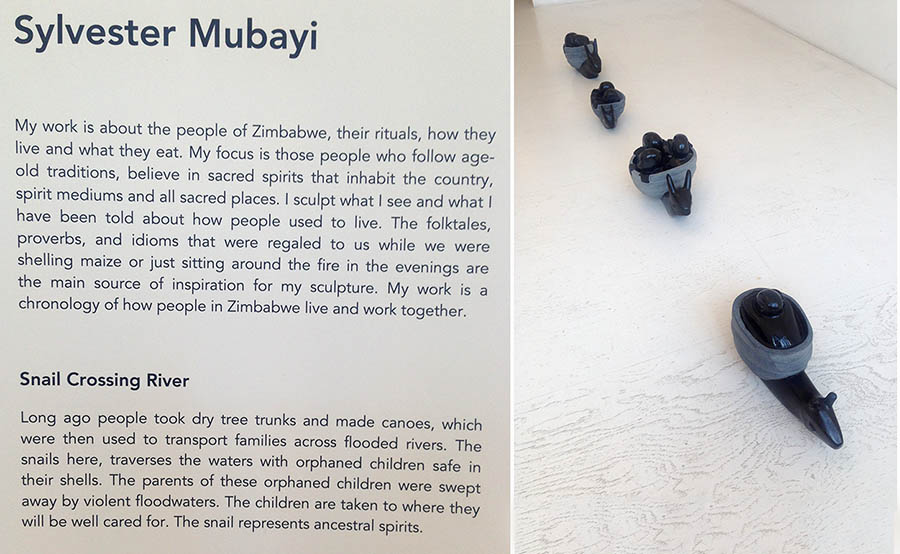
The Russian pavilion
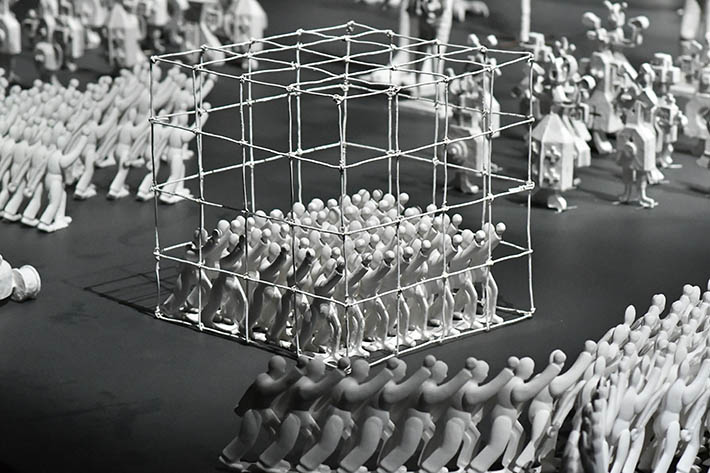
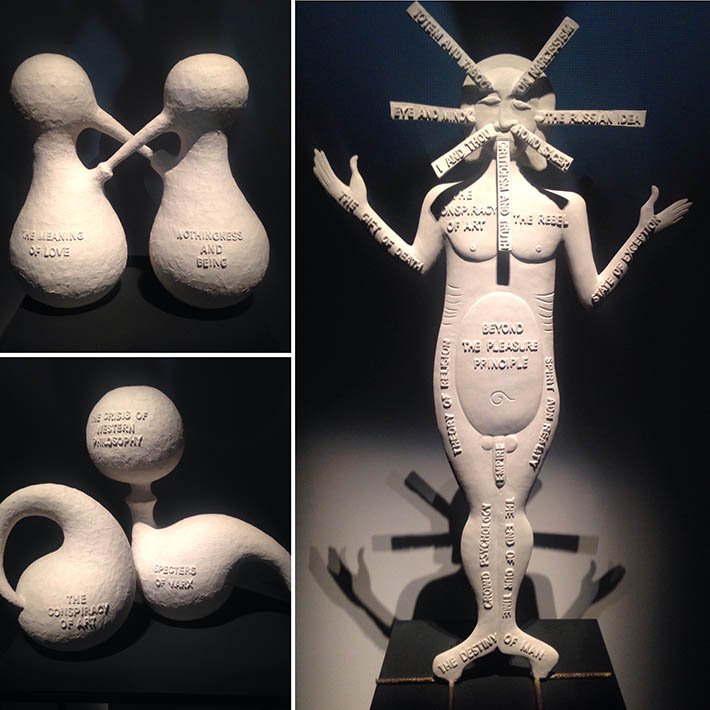
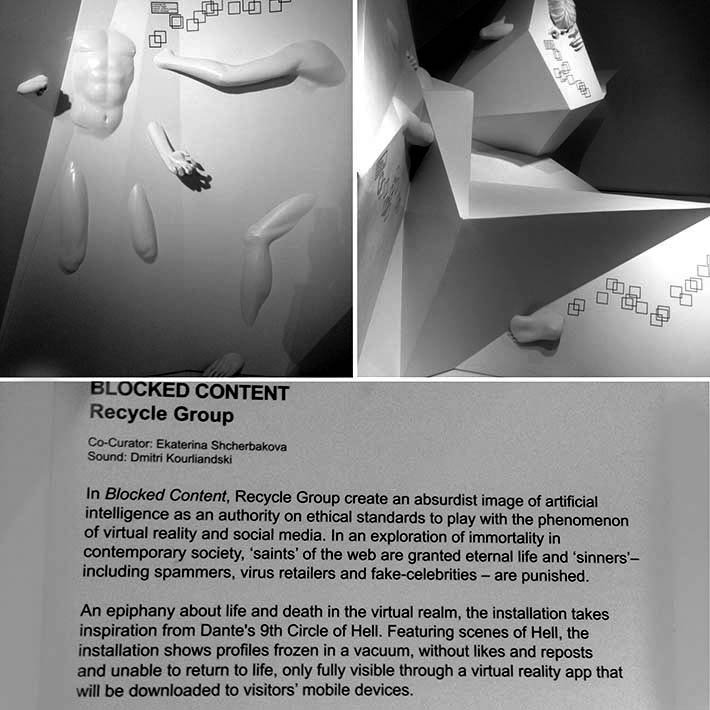
The Chile Pavilion
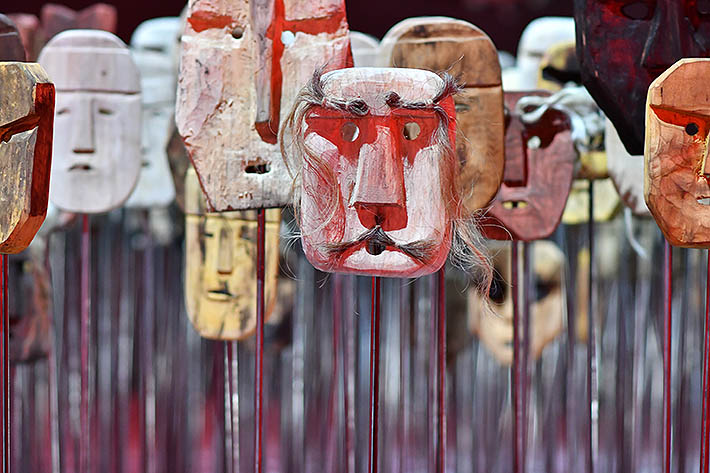
The Argentinean Pavilion
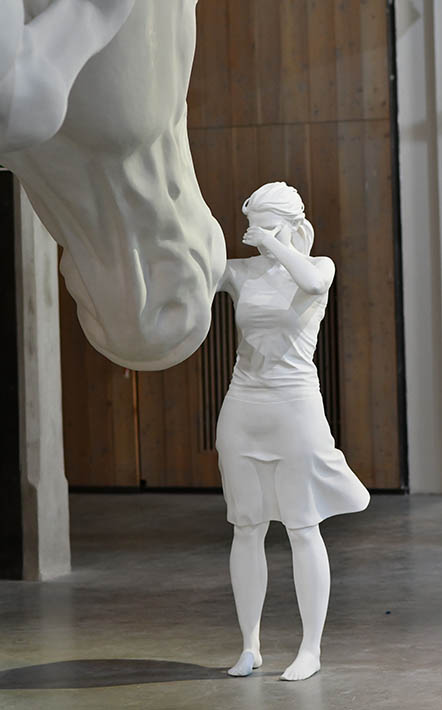
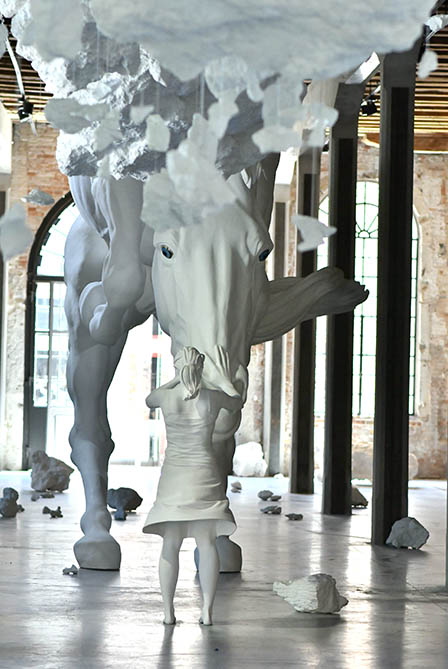
Other rooms
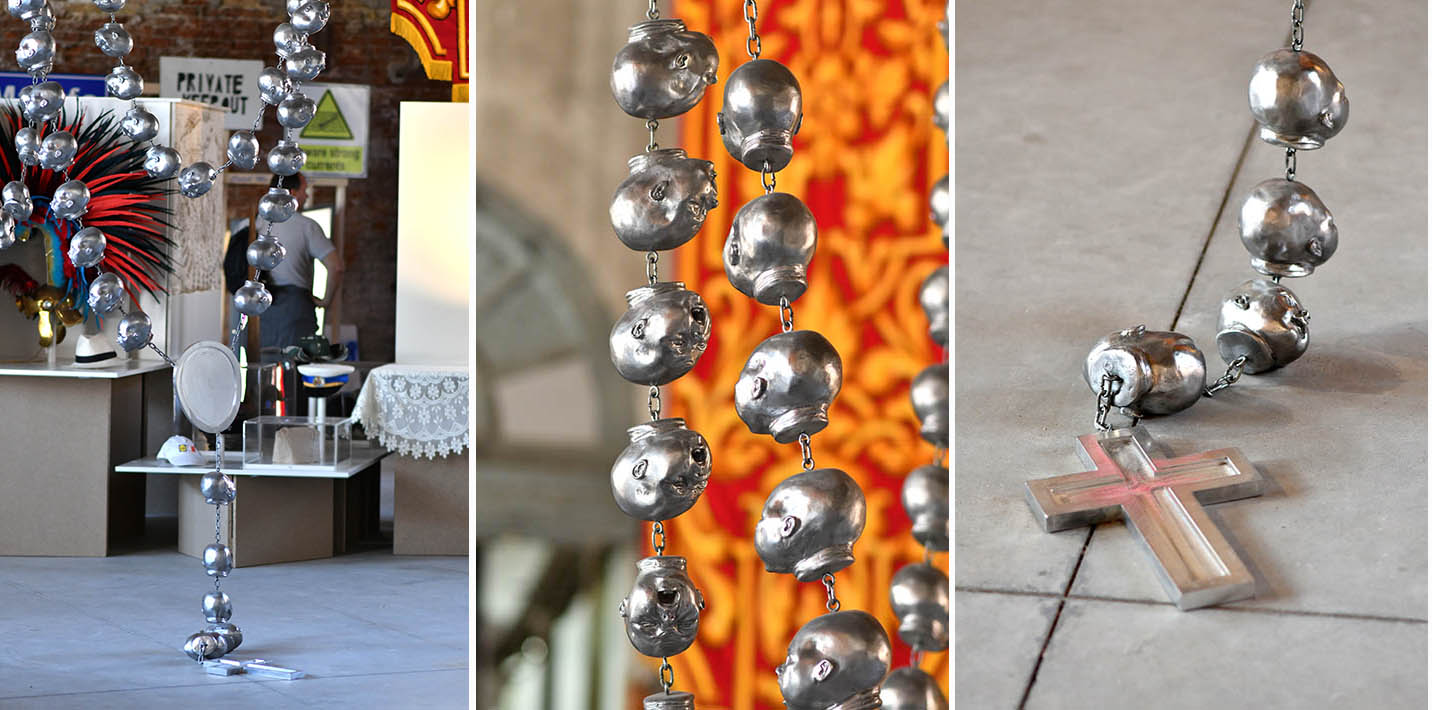
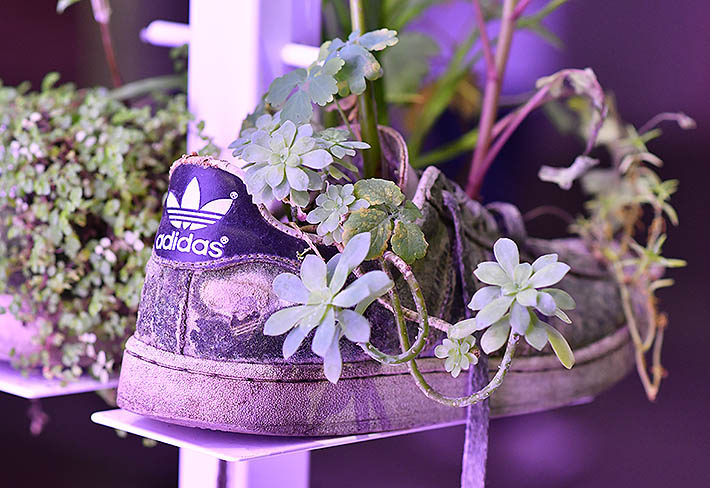
The Mongolian Pavilion
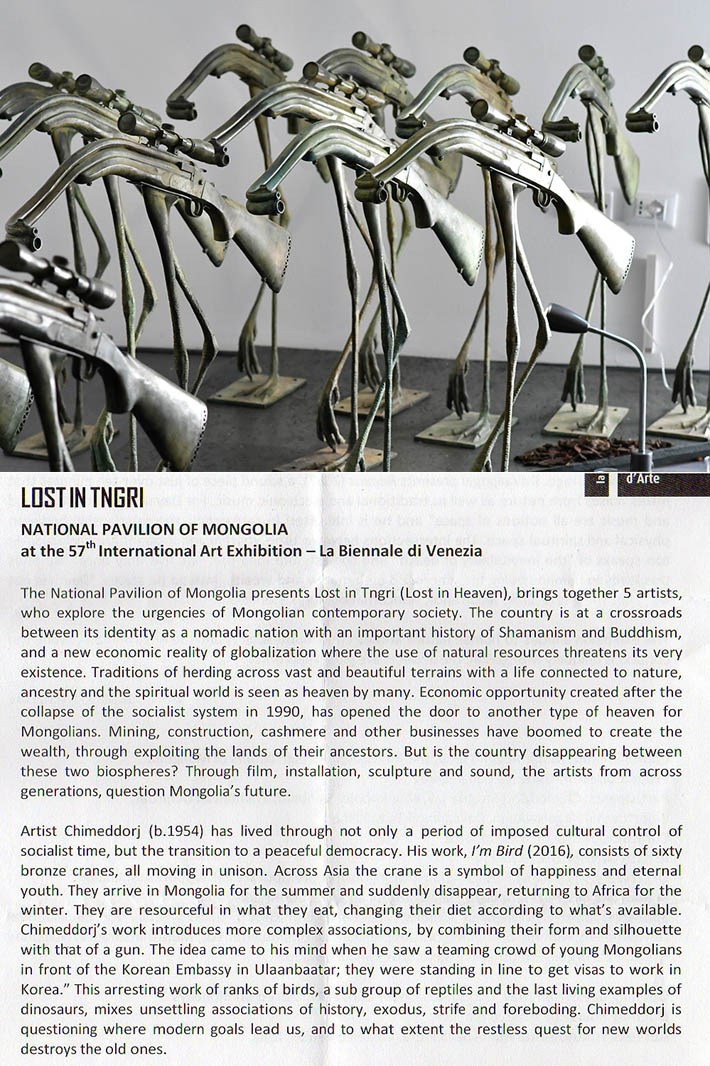
The Venetian Pavilion
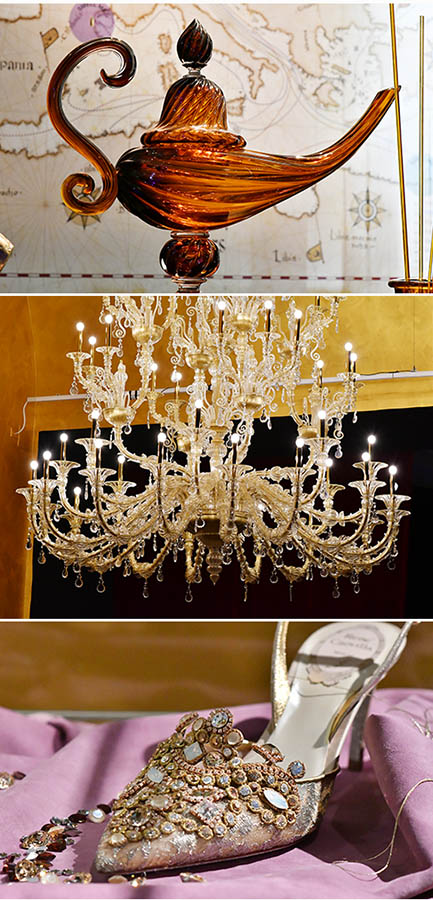
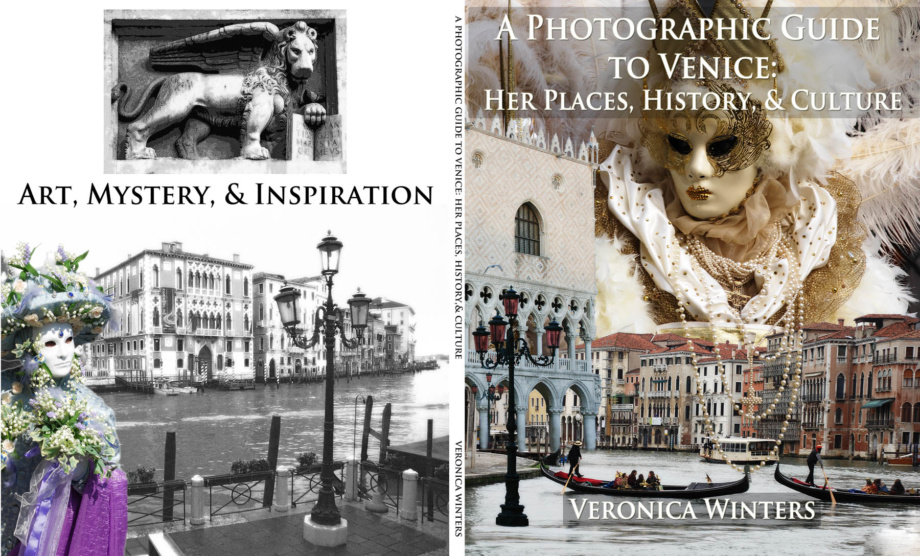
Art seen off of the biennial in Venice in 2017
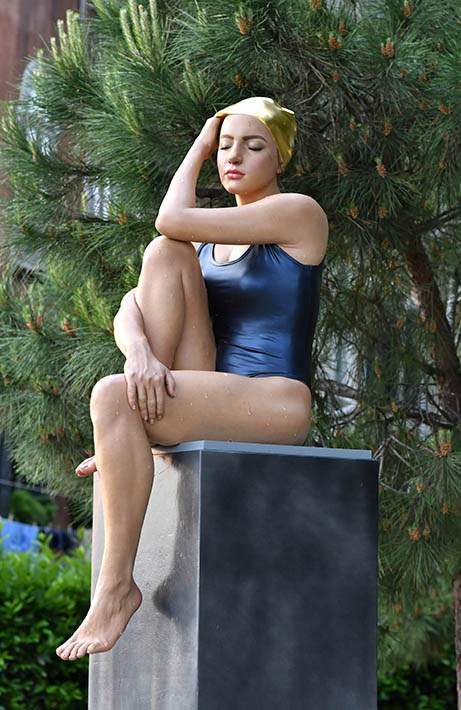
A nice surprise is a solo show by Carole A. Feuerman situated in a peaceful corner of a green garden at the Giardino Della Marinaressa, by the Venice Biennale (open and free to the public). The artist makes hyper-realistic, life-size sculptures of women in painted bronze and steel, resin and oil that look so life-like, you just want to reach out and touch the sculptures!
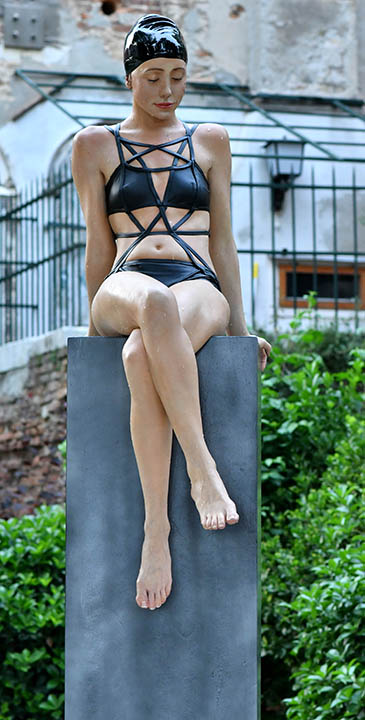
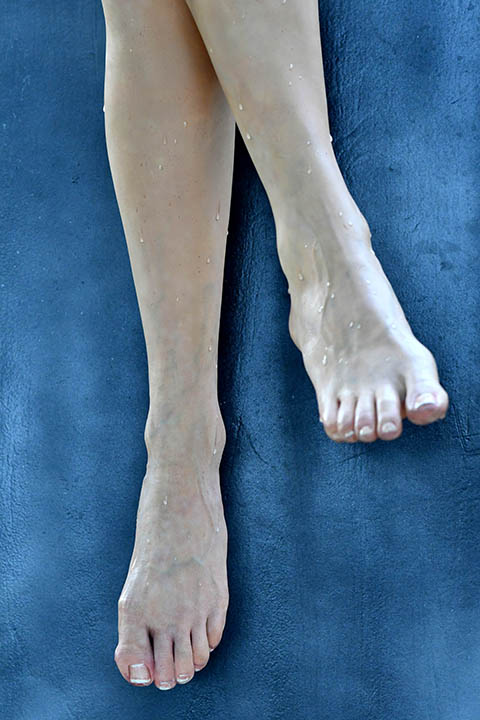
Project by Lorenzo Quinn on the Grand Canal in Venice. His monumental sculpture of white hands raises awareness about the climate change and the rising sea levels.
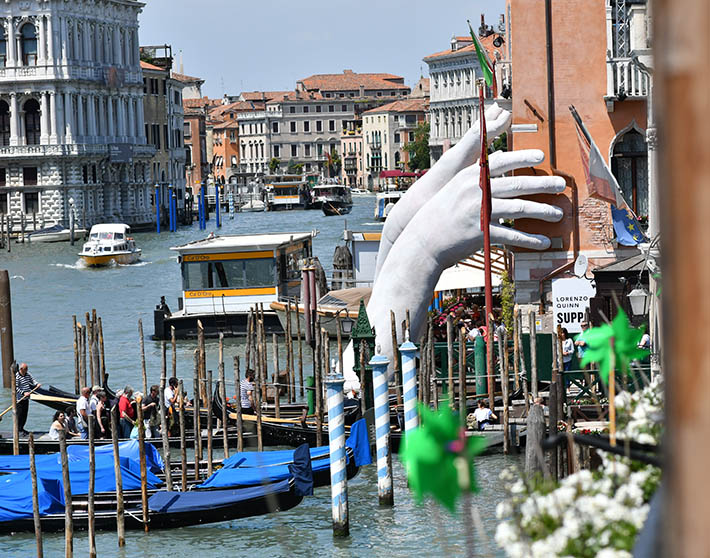
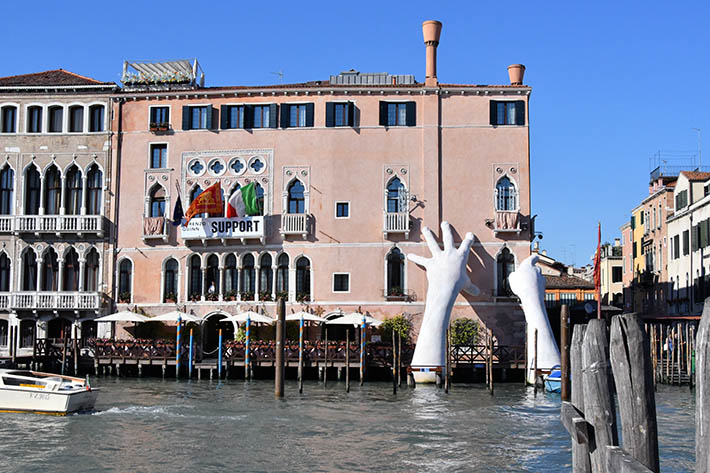
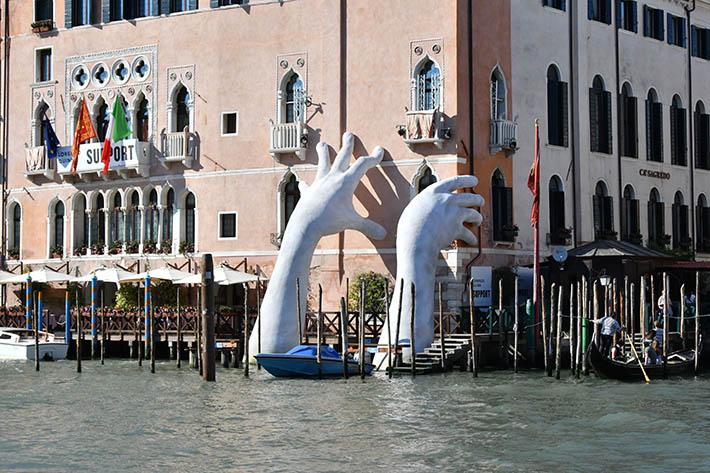
Street art in Italy
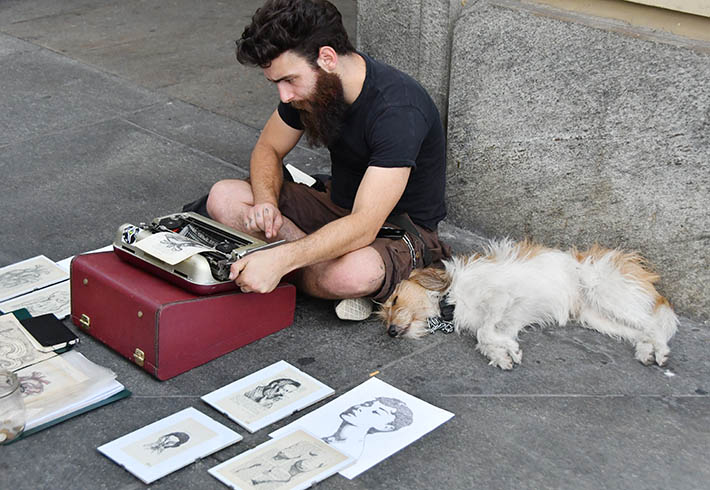
I must mention the performance that I saw on the streets of Turin. A young man pounded the keys of an old typewriter with rare obsession. Here is one of his finished pieces.
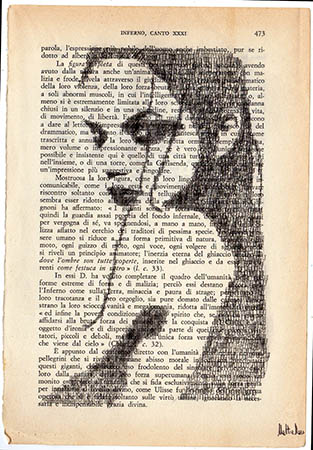
Check out visionary art for sale
